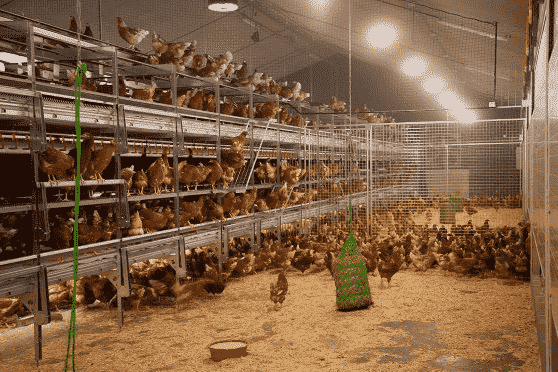06 Sep BRF switches to cage-free eggs
BRF has announced all eggs used in its processed products will come from cage-free systems as of this month. The measure is part of an initiative to increase animal welfare sooner rather than later. The current step was originally planned for 2025.BRF moves its timeline to use cage free eggs forward by 5 years and wants the job done by the end of this year. Photo: Hans BanusAccording to the company, more than 23 million eggs are used each year in the production of its processed products, such as lasagna, pizza, cheese breads and pies. Starting this month, those eggs come from a supplier that has the Cage Free certification attested by the NGO Certified Humane. Its standards include balanced nutrition free of antibiotics or hormones, resting areas for animals and adequate space for natural manifestation of each species. Eliminated use of caged layer eggs “With this initiative in Brazil, we have eliminated...





